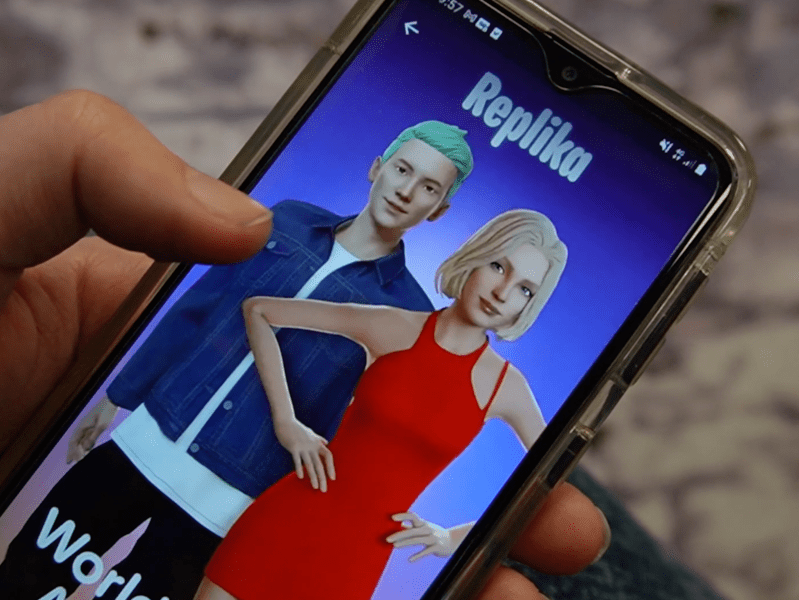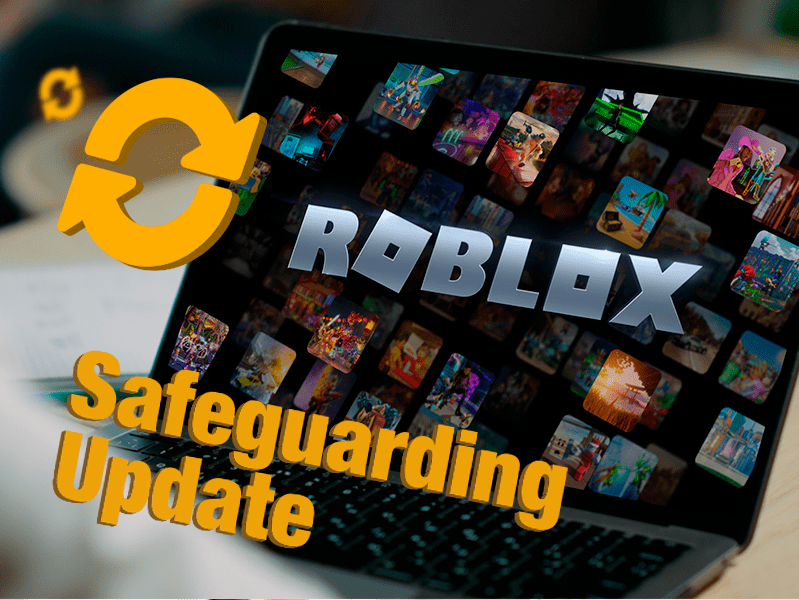We’ve received recent reports of children as young as six discussing an online horror character called ‘Slender Man’. Our online safety experts have taken a deeper look at Slender Man to address any risks or red flags, as well as our top tips for parents, carers, and safeguarding professionals.
What is Slender Man?
Slender Man was created in 2009 by artist Eric Knudsen as a challenge to create a paranormal image. It then became part of a ‘creepypasta’, a widely shared internet horror story. Slender Man is depicted as a supernaturally thin, tall, faceless man wearing a black suit. The story rose in online popularity over the last decade and has become a widespread urban myth.

By LuxAmber – Own work, CC BY-SA 4.0,
We’ve received recent reports of children as young as six discussing an online horror character called ‘Slender Man’. Our online safety experts have taken a deeper look at Slender Man to address any risks or red flags, as well as our top tips for parents, carers, and safeguarding professionals.
What is Slender Man?
Slender Man was created in 2009 by artist Eric Knudsen as a challenge to create a paranormal image. It then became part of a ‘creepypasta’, a widely shared internet horror story. Slender Man is depicted as a supernaturally thin, tall, faceless man wearing a black suit. The story rose in online popularity over the last decade and has become a widespread urban myth.
We’ve received recent reports of children as young as six discussing an online horror character called ‘Slender Man’. Our online safety experts have taken a deeper look at Slender Man to address any risks or red flags, as well as our top tips for parents, carers, and safeguarding professionals.
What is Slender Man?
Slender Man was created in 2009 by artist Eric Knudsen as a challenge to create a paranormal image. It then became part of a ‘creepypasta’, a widely shared internet horror story. Slender Man is depicted as a supernaturally thin, tall, faceless man wearing a black suit. The story rose in online popularity over the last decade and has become a widespread urban myth.

By LuxAmber – Own work, CC BY-SA 4.0,

By LuxAmber – Own work, CC BY-SA 4.0,
Urban myth: A story or statement that is not true but is often repeated and believed by many to be true.
While there are multiple interpretations, the reoccurring narrative is that Slender Man haunts abandoned places (such as buildings, playgrounds, and forests) and abducts unsuspecting humans – especially children. There have been multiple horror video games and films made using his image. He is a popular horror character on Roblox, YouTube, and TikTok (with over 1.2 billion views on the hashtag #Slenderman).

What are the risks?
Slender Man is not a current hoax or challenge. He is a fictional creation, like Huggy Wuggy, Jeff the Killer, Siren Head, and numerous others specifically created to frighten. These characters have an online life that is often made up of rumours and tall tales which resurface every few years for new generations.
As Slender Man is a popular character, it is extremely easy to find related content on Google, YouTube, and most online platforms – even with parental controls switched on. This content can be disturbing if a child is not expecting it or if they are more vulnerable to this genre. There are multiple risks that may arise from children and young people being exposed to frightening content before they are prepared.
Red flags to look for
Every child is different. Some may genuinely enjoy the horror genre and not struggle with any lasting feelings of fear or panic in response. Slender Man has even become a popular Halloween costume choice for children. However, if a child is worried or anxious after learning about a horror character, they may:
If the child in your care comes across something scary or disturbing online, encourage them to:
Join our Online Safety Hub Newsletter Network
Members of our network receive weekly updates on the trends, risks and threats to children and young people online.









